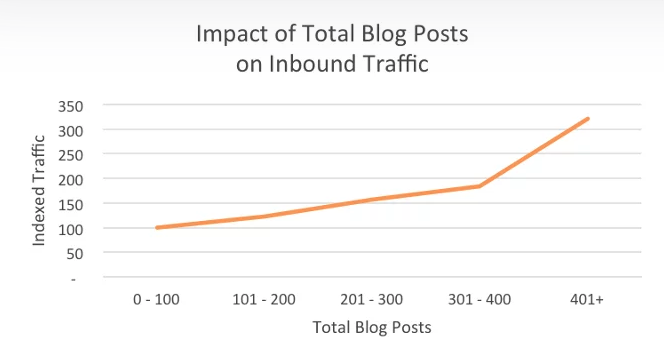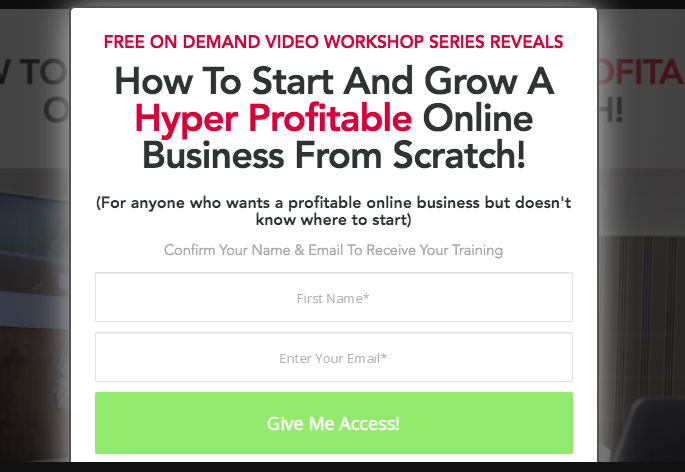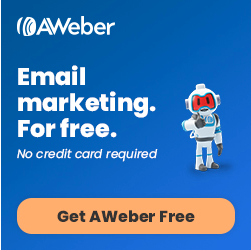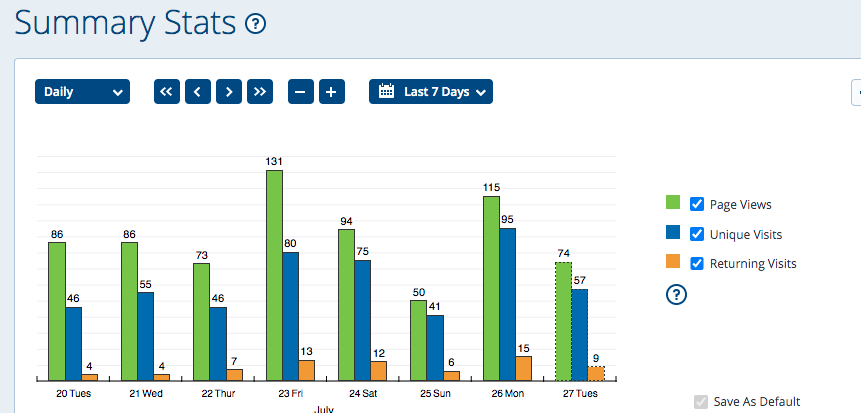Website conversion optimisation is the process of optimising a website for greater numbers of leads or sales. Much of SEO – search engine optimisation is concerned with getting more traffic from the search engines. A greater part of this process involves building more content.
With more content you can attract more visitors to your website for free, through the SERPS – search engine results page. With more traffic you would expect to naturally get more leads and sales from a website. But there’s another factor in play: the rate at which your visitors convert into leads or customers.

This is dependant on more than simply traffic. Much of a website’s visitors are simply searching for information. They don’t expect to pay for that either! So over 95% of search engine traffic will be visitors searching for information. To convert this kind of traffic can be tough, or impossible. The other 5% or less may actually be searching with intent to purchase something.
This is buyer traffic. That’s the kind of traffic you want on your website. An example of buyer traffic is those visitors who are looking for reviews of a product. Reviews attract buyer traffic because a review is often the last piece of information which is searched for just before a purchasing decision is made.
So one way to increase your conversion rate on a website is to create more content which attracts buyer traffic.
Website Conversion Optimisation – “Buyer Content”
But it’s hard to get free traffic in the first place, let alone buyer traffic. How can this be done? When creating content, focus on the intention of the keyword you create it around. Ask yourself “is this keyword going to attract buyer traffic“? If so, create the content. If not, find another keyword!

Of course certain keywords are much more obviously going to attract buyers:
- “Buy Pentax SLR Camera” – has the word buy in it!
- “Pentax SLR Review” – has the word review in it – which often leads to sales
- “How to fix a toilet seat” – has the intention of finding information, rather than buying. Although they may need to buy accessories to fix the seat!
If most of your information on your website is about “how to”, you may find it hard to convert visitors to buyers, especially if there isn’t a clear reason why someone should buy your product, or sign up to your offer!
Website Conversion Optimisation – Visitors To Leads
Whatever your amount of traffic to your website, you can increase conversion rate on your e-commerce website by creating an attractive opt in offer.
Most blogs and websites offer something of value to their visitors. Having your own subscriber benefit pop up is one way to do this. A pop-up offers a visitor an option to subscribe to your email newsletter, or list.
Pop-Ups
Your own pop up, or email opt in form should be highly benefit driven and highly visible from all pages of your website. It’s often easy to make the mistake of describing features rather than benefits when you come to do this. A “feature” of your offer might be “Access a step by step digital business system”. Although this might seem beneficial to some, for the lay person, this doesn’t look very attractive. What does that mean? Why do I need it? A host of questions arise and your visitors click away. A clear benefit driven message might read instead “Discover how to earn online in this step by step tutorial”.

The difference between your messaging can mean you convert 5% of your visitors to email subscribers rather than 3%. Out of 1000 visitors a month, that’s 50 subscribers on your email list compared with only 30 – an increase of 20 subscribers a month, just from changing your call to action on your opt in form!
The best way of knowing your best messaging is to test and measure 2 different opt in forms and compare the results over 1000 displays. Your best form will be the one with most opt ins. Then create another one and run it against the winner. Keep doing this to find your perfect opt in form which converts your visitors the most into subscribers.
Selling Through Email Marketing
Getting website visitors to opt in to your email offer is one of the best ways to make the most of your traffic. On a website, a visitor only has a short period of time (usually under 10 minutes) to make a buying decision. Most visitors will usually leave without having taken any buying action.
Online customers will in fact often need several points of content with a product or website before they decide to buy something. This is where email marketing comes in. If you’re trying to sell something directly from your website, you can increase your sales conversion rate simply by getting them to sign up to your email list. From your list you can continue to keep them informed of your products and even go into more depth about what you offer. You can also build trust and offer more value through your emails over a long period of time than you can from a website.

Often customers will purchase products from an email list, months or even years after signing up! This simply isn’t possible from a website. Most visitors will only land on a website once, and leave never to return.
There’s many ways to get visitors to convert into subscribers but you will need an email autoresponder to collect their details form your website. See free autoresponder for affiliate marketing.
Tracking & Data Use
Another aspect of website conversion optimisation is tracking and use of your data. You should always set up tracking on your website so you can see which pages lead to the most sales or conversions. Often you can spend a heap of time unnecessarily looking for more and more traffic, when you only need to get more traffic to a certain page, for example.

Tracking and data collection is the ticket to a much simpler way to optimise your website for leads and sales. When you know where your leads and sales come from, you can focus your attention on the 20% of your activities which are already producing results, rather than the 80% of activities which don’t give you the outcome you desire (see Pareto rule in business).
Of course you need date in the first place to make any marketing decision. But setting up your tracking using Google Analytics is a good place to start. You can also tag certain actions on your website such as the thank you page and the checkout cart so you can track back these actions to the pages where your visitors arrived on your site. For more on this checkout how to set up and install tag manager.